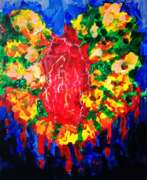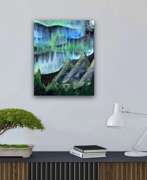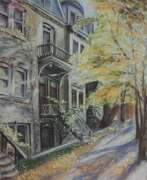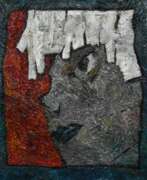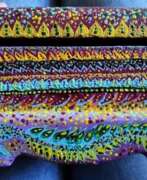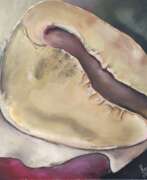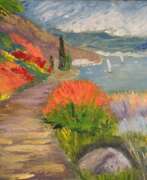New European Painting
.jpg)
New European Painting
New European Painting represents a contemporary movement in European art, stemming from the 1980s and gaining prominence in the 1990s. This artistic expression is marked by a departure from the previously dominant American abstraction and a return to new figurative work, reflecting a collective history, memory, and the lingering effects of post-war trauma.
These artists engage deeply with history, both personal and shared, often exploring the themes of memory and its loss under the lingering shadow of World War II. Utilizing a range of materials, from traditional oil paints to new media such as photography and digital imagery, New European Painting creates a dialogue between the historical and the modern. This movement is noted for its innovative combination of oil painting and drawings with new media like photography, Xerox, and digital media, to forge a postmodern archival "fever."
Among the influential figures in this movement are Gerhard Richter and Bracha Ettinger, whose works have initiated and sustained a conversation between the historical archive and contemporary figuration. This movement has been pivotal in establishing a new, critical dialogue within the art world, furthered by artists like Luc Tuymans and Marlene Dumas.
For collectors, auctioneers, and connoisseurs of art and antiques, New European Painting offers an insight into the evolving European psyche and its artistic manifestations. The movement's importance lies not only in its aesthetic value but also in its representation of Europe's complex history and emotional landscape.
Stay informed about the captivating developments in New European Painting by signing up for our updates. Delve into the depths of contemporary European art and its poignant reflections of our times.
| Country: | Europe |
|---|---|
| Start of the period: | 1981 |

